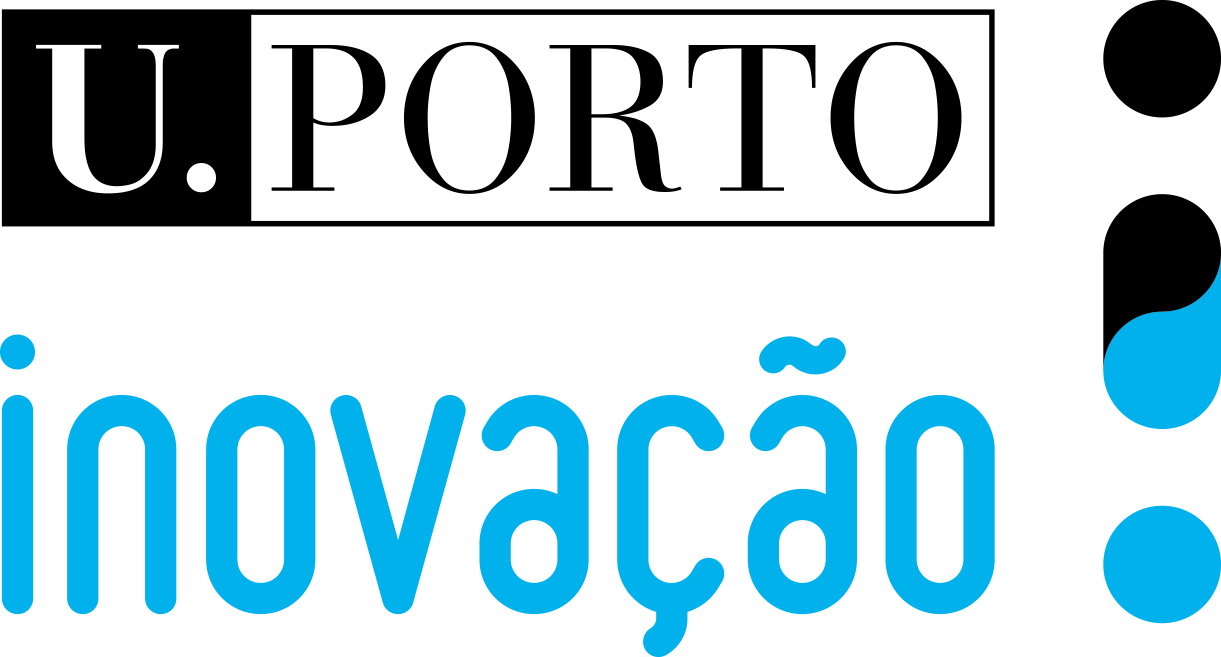The system for hand rehabilitation comprises a sensing device and a software application with multiple virtual environment interaction to be used on hand rehabilitation and training for dexterous movements.
The envisaged rehabilitation activities cover occupational therapy, hand rehabilitation and training the use of hand/arm prosthesis. The system can also be useful in training dementia patients and in the detection of premature full-blown tremors stage.
Other features include data recording, data processing and evaluation. The virtual environment developed for this system uses game like applications to conduct grip force control and fine movement exercises enhanced by augmented visual and sound feedback.
The ability to control grip force is essential to perform several common tasks, such as lifting, moving or simply grasping different everyday objects.
Even though there are several grip training devices on the market, they mainly focus on training the gripping movements, some of them providing assistance to the movement but not coupled to the evaluation of grip force control.
This device provides grip force and hand orientation monitoring coupled with augmented audio-visual feedback to the user, enhancing the hand training and/or rehabilitation.
This system, with its hardware and software, is able to measure fine gripping forces and provide visual and sound feedback to help users regaining manipulation capabilities.
The system is focused on hand rehabilitation and training for dexterous movements of patients. It is suitable to be produced at a very low price and it is adaptable for commonly available interface (PC, tablet, smartphone or smart TV).
The system provides therapists and patients with a training solution for hand rehabilitation capable of measuring, registering and evaluating the performance of manipulation activities with everyday objects.
The system is suitable for accessing, training and recovering patients who have difficulties in manipulating objects, particularly in respect to training grip force control.
The potential adopters of this technology are the medical centers, both for conventional hand rehabilitation and for bionic arm/hand prosthesis; occupational therapy professionals; and individual patients.
The technology was tested and received good feedback in Physiotherapy units of Portuguese Health Institutions.






